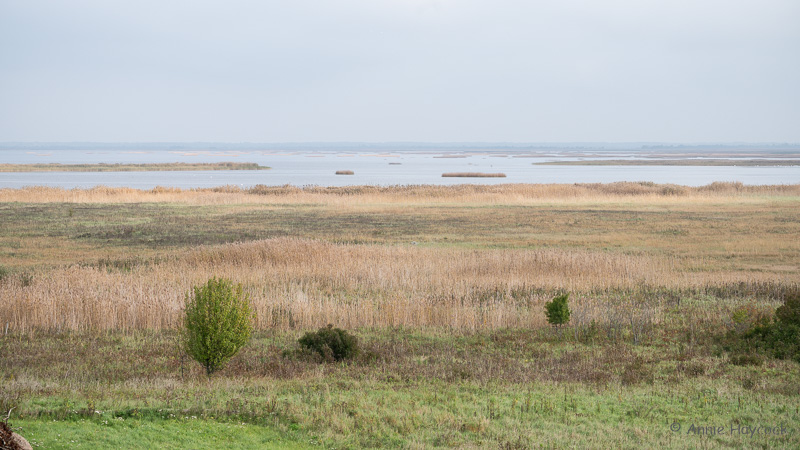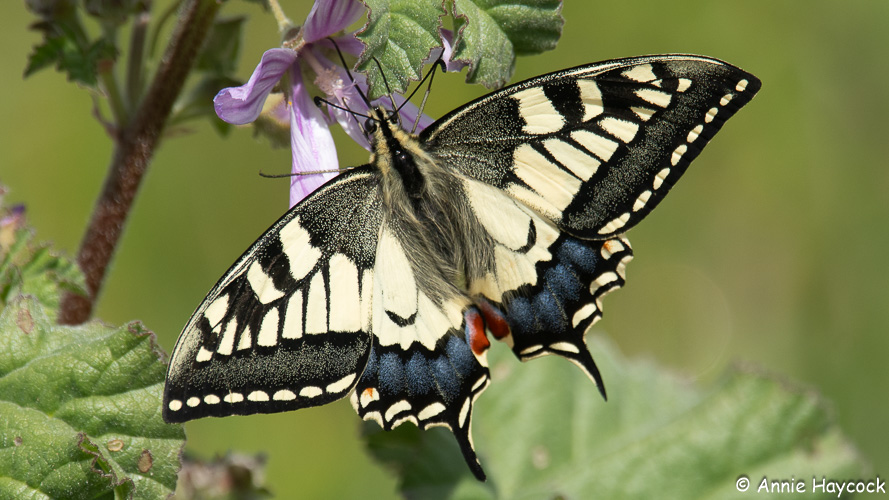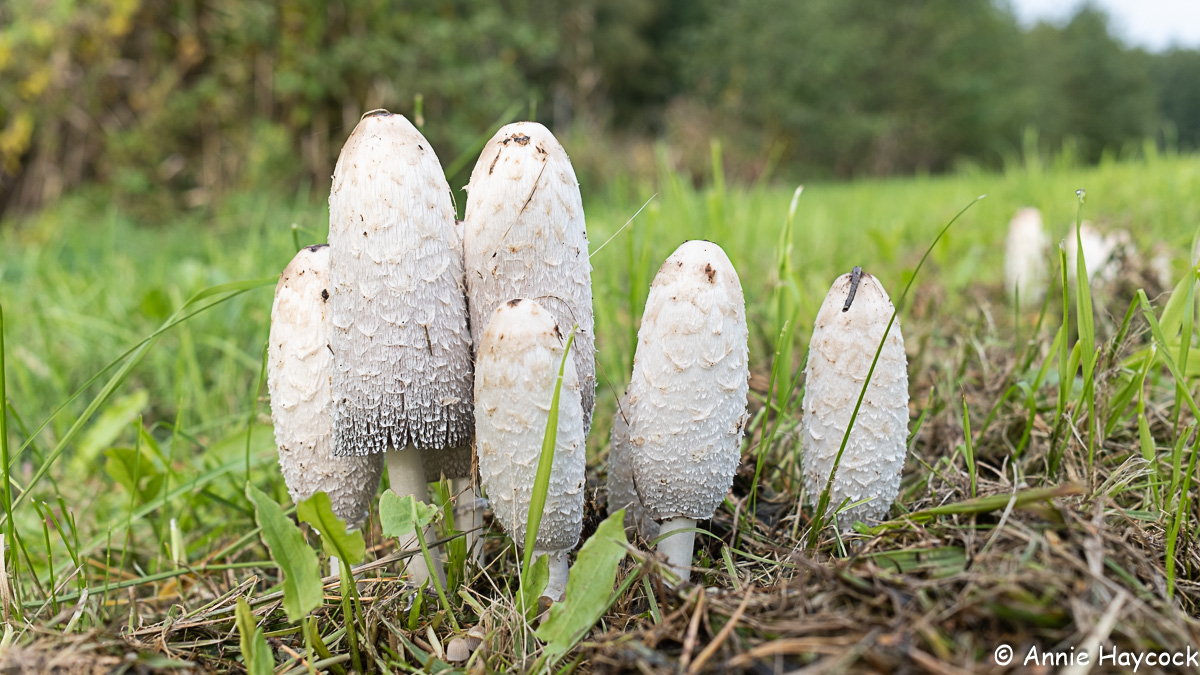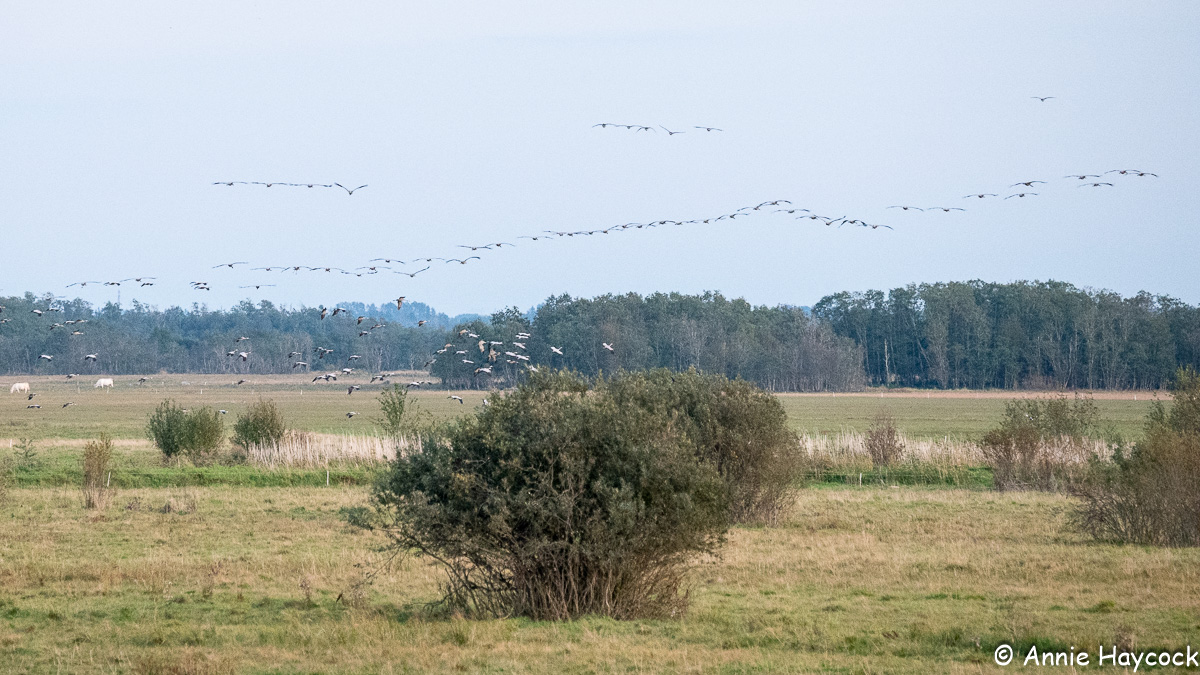
Why visit . . . .
- Matsalu National Park covers some 480 sq km of coast, including shallow water, reedbeds, islands, coastal meadows etc.
- Matsalu National Park is one of the largest and most important autumn stopping grounds for migratory birds in Europe.
- 275 bird species have been recorded in Matsalu, among which 175 are nesting and 33 transmigrating waterfowl. Thousands of geese and dabbling ducks can be seen on the floodplains, the coastal meadows are crowded with Branta species and the bay area is alive with swans, coots and diving ducks.
- 49 species of fish and 47 species of mammals (including the first record of a golden jackal in Estonia) have been recorded in the area of the nature reserve, along with 772 species of vascular plants.
- Matsalu Bay is shallow, brackish and rich in nutrients. The bay is 18 km long, 6 km wide but only 1.5 metres deep. Väinameri Sea bordering the Matsalu Bay includes more than 40 islands which are also part of the park.

About the Matsalu National Park
Background info
Matsalu Nature Reserve was established in 1957 to protect birds and their nesting, moulting and stopover sites. In 1976, Matsalu was added to the Ramsar List of Wetlands of International Importance. The Ramsar Convention recognises wetlands that are preserved and used sustainably.
In 2004, the reserve was given the status of a national park. Besides birds, Matsalu National Park aims to protect landscapes characteristic of Western Estonia and the cultural heritage of the Väinameri Sea region.
Matsalu National Park has been awarded the European Diploma of Protected Areas by the Council of Europe in recognition of its efforts to protect biological, geological and landscape diversity in the area and in 2015 with European Charter for Sustainable Tourism in Protected Areas, issued by EUROPARC Federation.

Habitats
The variety of habitats – coastal meadows, reedbeds, islets, floodplain meadows, wooded meadows, and scenic farmland – makes it a very important breeding, moulting and stop-over site for waterbirds.
The bay, reedbeds and meadows are overlooked by observation towers (above at Tuulingu), and there is no visitor access beyond the towers and designated hiking trails, except for a few boat trips. Local roads and tracks through the farmland areas provide closer observations of land birds. Tracks through forestry areas can be good for owls, moose and other animals.
A coastal meadow is an area of grassland which is subject to regular flooding by sea water and where vegetation is very low-lying due to livestock grazing. Coastal meadows often feature salt flats and halophilic (salt-tolerant) plants.
A flood meadow is an area of grassland beside a river which is subject to seasonal flooding by high waters and generally characterised by high vegetation. Flooded meadows remain open only when mowed or used for grazing livestock.
An alvar is a dry area of grassland on limestone bedrock covered with a thin layer of soil. It is characterised by low-lying vegetation, but is rich in plant species. Alvars are quite common in Matsalu, where the largest alvar grasslands are found in Puise, Rannaküla, Ullaste and Saastna.
Matsalu is home to an approximately 2,000-hectare area of reed bed in the delta of the Kasari River, on the eastern shore of Matsalu Bay. This is 10% of the total reedbed in Estonia
This booklet explains everything in more detail.
Best places to go
All the best places to visit at Matsalu are detailed in Birding Estonia – which includes local maps, habitat descriptions, the best places to watch from, and what you are likely to see and when.
I’m just giving a summary of the places we visited in Autumn 2023.
In spring, we would expect to see more bird migration, and some interesting flowers too.
Late spring and summer would add butterflies, dragonflies, plants and a whole host of other wildlife.
Haeska – Tuulingu

Staying at the Tuulingu Guesthouse meant we spent more time here than elsewhere in the park. The observation tower next to the guesthouse gave fantastic views across the open water, some reedbeds, and coastal meadows. The sight and sounds of birds at dawn – small birds roosting in trees around the tower as well as the swans, geese, ducks and waders out on the water, passing ravens, distant cranes, etc.
The farmland immediately north of the guesthouse was equally interesting, and it was easy to follow a circular route back through Haeska village and see a different set of birds. And beyond that, in the forested area, a slow evening drive provided some views of owls, but not of moose or other mammals – we should probably have tried it every evening.

Rannajõe tower
The Rannajõe tower overlooks a huge meadow that runs down to the shore not far from Tuulingu. What you see here apparently depends on the water level, and there can be thousands of ducks and geese feeding here. What we saw were huge flocks of cranes arriving in the late afternoon (above), flocks of geese and ducks flying over, various raptors mostly at a distance, and some small birds in the trees and bushes by the tower. On our second visit, we found an electric fence had been stretched across the meadow and cattle that had been grazing at a distance were now just below the tower. It didn’t stop the birds, and we added black grouse and pallid harrier to the list. Roe deer also grazed in the distance. It is supposed to be good for elk too, but somehow we still missed them.

Cape Puise & Põgari-Sassi viewpoint
Early morning at Cape Puise is one of the best places to observe passerine migration, especially if southerly winds have been preventing smaller birds crossing the bay. When the wind drops it’s possible to witness hundreds or even thousands of songbirds (eg starlings, above) trying to cross the sea within a couple of hours – or so the book says. We didn’t have the right conditions during our stay. But this is only a short distance from Tuulingu, so we took a look at it anyway. Not much was happening, and the cafe at the hostel also appeared to be closed (no-one around) so it was a bit disappointing.
If you’re driving to Cape Puise, you go past the Põgari-Sassi viewpoint which is one of the best places to see waders in Estonia, as well as wildfowl and large numbers of common cranes. Unfortunately, it is also a place where you really do need a telescope – the viewpoint isn’t as high as from the towers, so it was difficult to make out details of birds – apart from the ever-present huge white-tailed eagles.
Keemu tower

The Keemu Tower is opposite Tuulingu on the south side of Matsalu Bay. Less than 3km (2 miles) as the bird flies, but 60km by road as you have to circumnavigate the vast coastal plains and farms around the bay. going far enough upstream to cross the bridge over the River Kasari.
The tower overlooks the bay (very top photo), and the farmland to the south (above). We had good, if distant, views of pretty much the same birds that we had seen elsewhere.
There is also a shelter with picnic tables and a rustic toilet block. Of greater interest to us, was a hiking trail which leads alongside a coastal meadow, through Keemu village, then woodland and farmland, out to the main track near Matsalu village and back to the tower. Here we found a variety of smaller woodland birds, including the northern race of long-tailed tit with its white head (below).

We had intended stopping at the visitor centre at Penijõe where there is another observation tower and hiking trail. However, it was getting late so we gave it a miss – somewhere for next time!
Other places
You can’t see all the country in one go, but at this time of year it would be a shame to miss the migration at the Põõsaspea cape. It was an easy hour and a half drive northwards, and we didn’t exactly leave early – having enjoyed our usual dawn session on the Tuulingu tower and then had breakfast. Nevertheless, it was a worthwhile venture – we may have missed the bulk of the early morning passage, but seeing dozens of sparrowhawks (below), hundreds of black-throated divers, and even finding a snow bunting amongst the flocks of small birds was a pleasure – and made up for the disappointment at Puise.

So there you have it
Our experience of the Matasalu National Park. Would we go again? Definitely!
My highlights
- Being in the Tuulingu tower before breakfast, watching the sunrise, with half a dozen white-tailed eagles and thousands of wildfowl flying around.
- Watching the cranes and black grouse from the Rannajõe tower
- Walking around the peripheral areas, never quite knowing what birds (and butterflies) would pop out next.
What I’ll look for next time
- Keep on looking for elk/moose.
- Make use of the photography hides at Tuulingu.
- Go to the visitor centre at Penijõe
- A different season for butterflies and other things too.
Resources
Estonia – resources for nature travellers
A collation of information, websites, books, tour guides, etc to help plan a nature-watching trip to Estonia.
Videos
How to get there

Public transport: It’s easy to get from Tallin to Haapsalu or to Virtsu by bus, but the more local buses don’t run every day, so careful planning is needed eg via Rome2Rio. Distances within the national park are extensive – there are few roads, so having a car or bicycle is a better option.
Where to stay
Our four nights at Matsalu were spent at the Tuulingu Lodge, which is right next to the Tuulingu (or Haesku) observation tower on the north side of the bay. The Lodge itself is a converted barn, and as Ants, the owner, said, that means a few tight corners here and there. Our room was small and cozy, clean and warm. There were five other rooms of various sizes on the first floor. Downstairs was a common room, dining room (and kitchen) and a laundry room. Excellent breakfasts were provided, but not evening meals. With so many eating places closed for the season (it was late September), we were grateful to be able to use the fridge and microwave in the dining room – though we had to go to the supermarket in Hapsalu to buy microwaveable meals, as small local minimarkets did not seem to stock such things.
The best aspect of the Lodge was the observation tower. We spent an hour there every morning before breakfast (it would have been more if dawn had been earlier) and watched some spectacular sunrises as well as up to six sea eagles at a time, and thousands of waterfowl. Not surprising, then, that Tuulingu is listed on the Bed & Birding website. However, this time it was arranged for us by NaTourEst as part of a self-guided tour.
More accommodation ideas on the Visit Estonia website
Facilities
The National Park Visitor Centre
Boat ride in Matsalu National Park: beavers, elk, and birds
More ideas for nature-watching in Estonia
Pin for later






I have been. It is an awesome place!
LikeLiked by 1 person
It is indeed. I wish I’d been able to stay there longer.
LikeLiked by 1 person
Me too!
LikeLiked by 1 person
What a dream! I’ve never been bird watching before, but the older I get the better it sounds. Maybe this year is finally the year I give it a shot!
LikeLike
If you’ve never been bird-watching before, don’t try to do too much too soon. Watch birds in your garden or local park, join a local nature or bird-watching group, go out with people who know their birds and want to share with newbies.
Most of all, just go out and enjoy the sights and sounds of nature around you.
LikeLike